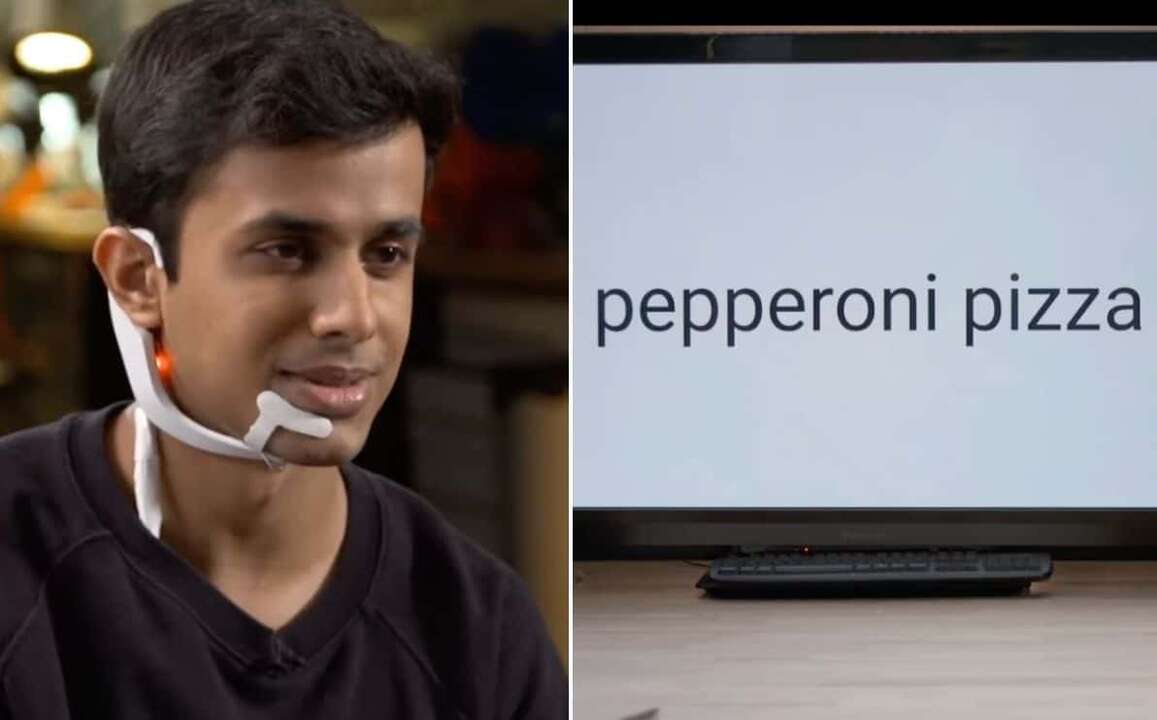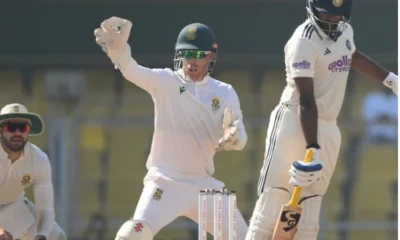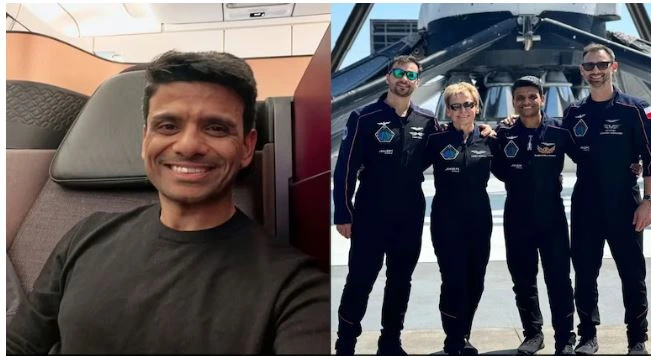Latest Science News
Delhi man invents AI device which allows people to order pizza with their mind, know how it works
A video of Arnav using the gadget has gone viral on social media platforms. Arnav responds to the interviewer’s queries in the video almost immediately and without saying a word.

Latest Science News
Astronaut Shubhanshu Shukla to meet PM Modi after return from historic space mission
Astronaut Shubhanshu Shukla, who recently returned from the ISS as part of the Axiom-4 mission, will meet PM Modi this evening. Parliament will also hold a special discussion on his historic journey.
India News
Shubhanshu Shukla pens emotional note as he returns to India after space mission
Indian astronaut Shubhanshu Shukla penned an emotional Instagram post as he returned to India after his 18-day ISS mission, marking a milestone in India’s space journey.
Latest Science News
Shubhanshu Shukla becomes second Indian in space, lifts off for ISS aboard Axiom-4 mission
Group Captain Shubhanshu Shukla becomes the second Indian astronaut to travel to space after four decades, aboard the Axiom-4 mission to the International Space Station.
-

 India News24 hours ago
India News24 hours agoPM Modi says centuries-old pain heals as Ram Mandir flag is hoisted in Ayodhya
-

 India News3 hours ago
India News3 hours agoPM Modi urges citizens to honour constitutional duties on Constitution Day
-

 Cricket news3 hours ago
Cricket news3 hours agoIndia crumble early on Day 5 as Simon Harmer leads South Africa towards series sweep
















